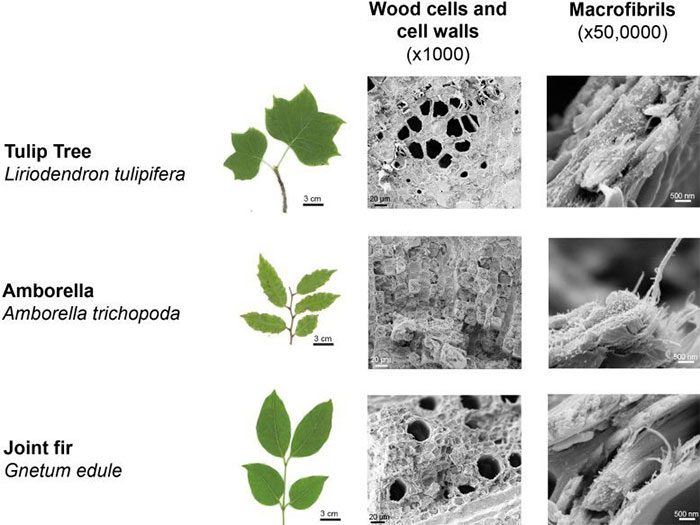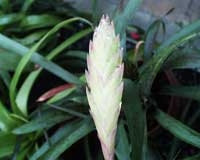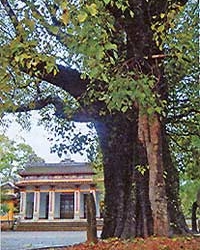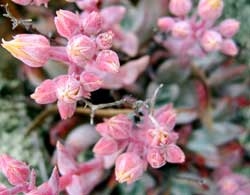Research on the Tulip tree has identified a novel wood structure with significant carbon storage potential. This type of tree can be planted in carbon-sequestering plantations to combat climate change.
While conducting an evolutionary survey of the microstructure of wood from some of the most iconic tree and shrub species in the world, scientists from Jagiellonian University and the University of Cambridge discovered a completely new type of wood. They found that the Tulip tree, a relative of the magnolia, can grow over 30 meters tall and has a unique wood structure unlike any hardwood or softwood.
This groundbreaking discovery may open new opportunities for improving carbon sequestration capabilities in plantations.
Novel Findings on Wood Structure
In a recent study published in the journal New Phytologist, the scientists utilized low-temperature scanning electron microscopy (cryo-SEM) to capture images of the nanostructure of secondary cell walls (wood) in their natural hydrated state.
They discovered two surviving species of the ancient genus Liriodendron, commonly known as the Tulip tree (Liriodendron tulipifera) and the Chinese Tulip tree (Liriodendron chinense), which possess much larger fibers compared to their hardwood relatives (the large fibers are long strands arranged in layers within the secondary cell walls).
The lead author, Dr. Jan Łyczakowski from Jagiellonian University, stated: “We demonstrate that Liriodendron has a distinctly different intermediate large fiber structure compared to softwood or hardwood. Liriodendron branched off from magnolia about 30-50 million years ago, coinciding with a rapid decline in atmospheric CO2. This may help explain why the Tulip tree is highly effective in carbon storage.”
The research team suspects that the larger-sized fibers in the “intermediate wood” or “accumulation wood” may contribute to the rapid growth of the Tulip tree.
Łyczakowski added: “Both species of Tulip trees are known for their extremely effective carbon storage capabilities. The expanded large fiber structure may be an adaptation that enables them to capture and store larger amounts of carbon as atmospheric carbon levels decline. The Tulip tree could become valuable for carbon sequestration plantations.”
Several East Asian countries have effectively utilized Liriodendron plantations for carbon sequestration. We are suggesting that this may relate to their novel wood structure.”
The Evolutionary Process of Plants from the University of Cambridge Botanic Garden
This discovery is part of a survey of 33 tree species from the living collection of the University of Cambridge Botanic Garden. This survey aims to explore how the nanostructure of wood evolves across softwoods (gymnosperms like pines and firs) and hardwoods (angiosperms including oaks, ash, birch, and eucalyptus).
Łyczakowski noted: “Despite their significance, we know very little about how wood structure evolves and adapts to the external environment. We have made several important new discoveries in this survey. We identified a completely new form of nanostructure of wood that has never been observed before. We also found a group of gymnosperms with hardwood-like structures rather than the softwood typical of conventional gymnosperms.”

The nanostructure of wood from the Tulip tree (Liriodendron tulipifera), Amborella (Amborella trichopoda), and Joint fir (Gnetum edule) at magnifications of x1,000 and x50,000 under cryo-scanning electron microscopy. The wood cells and cell walls are visible at x1,000 magnification. The large fibers can be seen at x50,000 magnification.
“The main building blocks of wood are secondary cell walls, and the architecture of these cell walls gives wood its density and strength, making it a material for human construction. The secondary cell walls also store the largest amounts of carbon in the biosphere. This makes understanding their diversity even more crucial as we promote carbon storage programs to mitigate climate change.”
Wood samples were collected from trees in the Cambridge Botanic Garden in coordination with the Garden’s Collection Coordinator, Margeaux Apple. Fresh wood samples were preserved from the previous spring’s growing season and collected from several trees to reflect the evolutionary history of the gymnosperm and angiosperm populations as they diverged and evolved.
Dr. Raymond Wightman, Manager of the Core Facility for Electron Microscopy at the Sainsbury Laboratory at the University of Cambridge, commented: “We analyzed some of the most iconic tree species in the world, such as the giant sequoia, Wollemi pine, and the species known as a ‘living fossil’ Amborella trichopoda. This is the only surviving member of a plant family that has evolved separately from all other flowering plants.”
“Our survey data has provided us with new insights into the evolutionary relationships between wood nano-structure and cell wall composition, differing between angiosperms and gymnosperms. The cell walls of angiosperms, called large fibers, have narrower characteristic basic units compared to gymnosperms. These large fibers emerged after diverging from the ancestor Amborella trichopoda.”
Lyczakowski and Wightman also analyzed the large cell wall fibers of two gymnosperm species in the Gnetophytes family – Gnetum gnemon and Gnetum edule – confirming that both have secondary cell wall nanostructures equivalent to the hardwood cell wall structures found in angiosperms. This is an example of convergent evolution, where Gnetophytes independently evolved a hardwood-like structure typically only seen in angiosperms.
Wightman stated: “We believe this may be the largest survey using cryo-electron microscopy on woody plants ever conducted. Such a large survey can only be performed on fresh hydrated wood because the Sainsbury Laboratory is located on the grounds of the Cambridge Botanic Garden. We collected all samples in the summer of 2022 – gathering them early in the morning, freezing the samples in ultra-cold nitrogen slurry, and then imaging the samples until midnight.”
This study illustrates the ongoing value and impact that botanic gardens have in contributing to modern research. This research would not have been possible without the diversity of plant types represented through evolutionary time, all growing simultaneously at the same location in the Cambridge Botanic Garden.”





















































